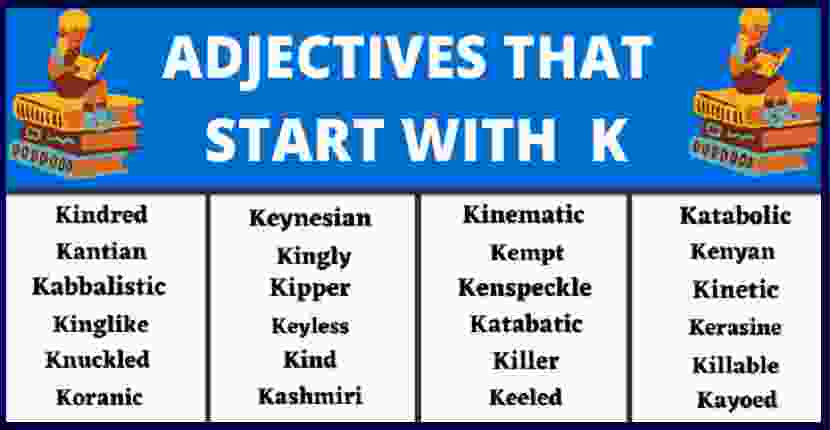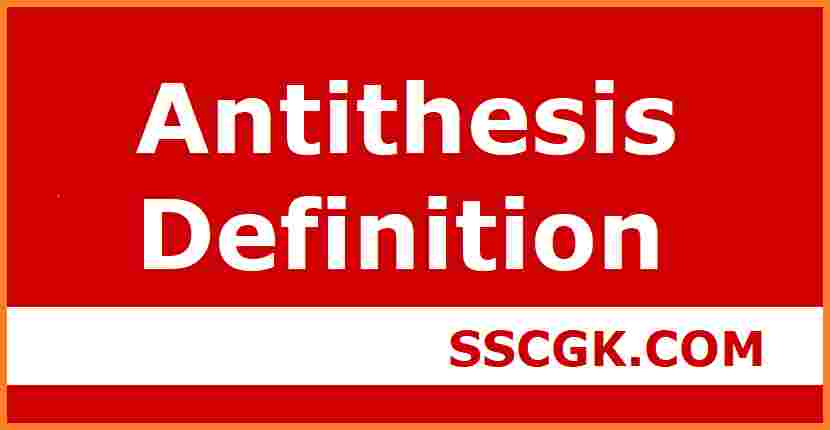Today in this article we are going to be introducing you to the possessive noun, adding words to your vocabulary as well as giving you a greater grammatical understanding. In the earlier post you have read about Compound Words in detail.
Possessive Nouns:-
Forming the Possessive Noun with Easy Examples-
You have most likely seen the use of the possessive noun in a variety of sentences. In written English, they are easily identified as being a noun with the addition of an apostrophe and the letter ‘s.’ They are used to show possession of another noun. Of course, there are rules surrounding the use of the possessive noun and this is an important part of English grammar.
What Is A Possessive Noun?
“A possessive noun is a noun that names who or what owns or has possession of something.”
In most cases, for singular nouns to show that possession, we add an apostrophe + s. For plural nouns we simply add an apostrophe except for those few plural nouns that do not end in s.
Possessive Nouns Examples:-
The car’s front seat
Bartkowski’s book
Babies’ shoes
Lemons’ acidity
Owls’ eyes
पोजेस्सिव नाउन –
Possessive Nouns | Forming Rules
When creating the possessive form of nouns, there are 5 simple rules as follows:
Making singular nouns possessive
If a singular noun, add ‘s.
The girl’s hands were chapped by the cold.
The cat’s toy was missing.
Even if the singular noun is a proper noun (i.e. a name), add ‘s.
Richard’s attempts to solve the problem were rewarded.
If names ending in s, you can either add an apostrophe + s, or just an apostrophe. The first option is more common. When pronouncing a possessive name, we add the sound /z/ to the end of the name.
Charles’s car (or Charles’ car)
Chambers’s house (or Chambers’ house)
Chris’s exam (or Chris’ exam)
Making plural nouns possessive
If a noun is plural in form and ends in an s, add an apostrophe only.
The tables’ legs were all wobbly and needed repair.
Cherries’ stones can break your teeth if you are not careful.
People are prepared to pay high prices for designers’ clothes.
If a plural noun does not end in s, add ‘s.
The children’s clothes were brand new.
The prices of men’s shoes run from £30 to £90.
Indicating possession when two nouns are joined together
If there is joint possession, use the correct possessive for only the possessive closest to the noun.
Clinton and Gore’s campaign was successful.
I didn’t come to Mr. and Mrs. Smith’s wedding.
Carol and Susan’ s car is out of gasoline.
Indicating possession when two nouns are joined, and ownership is separate
If there is a separate possession of the same noun, use the correct possessive form for each word.
Susan’s and Beth’s books are full of useful information.
The car’s and the bicycle’s owners could speak French perfectly.
Making hyphenated or compound nouns possessive
With hyphenated or compound nouns, use the correct possessive form for the word closest to the noun. Avoid possessives with compound plurals.
My daughter-in-law’s gift is a diamond necklace.
The English teacher’s method is very effective.
Your neighborhood letter carrier’s job is more difficult than you imagine.


